blog
La Saponaria products for a daily body care routine
The skin on our body isn’t just a matter of DNA. Daily habits play a big role: taking care of your skin is a deeply personal choice, and the results speak for themselves depending on how you do it, by following simple yet effective steps and choosing the right products for a top-notch body care routine!
Everyone talks about skincare and face care, but what about the body? We need to take care of it too. After all, the skin is the largest organ of our body and it deserves proper attention to stay elastic, toned and healthy for as long as possible.La Saponaria’s Body Line is a true concentrate of energy, packed with strictly organic, vegan ingredients and wonderfully delicious, surprising scents!
But there’s more: the products are green inside and out. All bottles are made of bioplastic, a sustainable, petroleum-free material derived from sugarcane and recyclable with regular plastic, while the tubes are made from recycled plastic.
Finally, a line of ethical and sustainable products, green all the way to the core, a truly heart-made, heart-green collection!
How to build the perfect body care routine
As we mentioned, the skin is the largest organ of our body and plays an essential role as a protective barrier, shielding us from physical, chemical and thermal external factors. It’s also a sensory organ — and let’s not forget its importance in social interactions: through our skin we transmit information, sensations and emotions.
That said, contrary to what we often hear in TV commercials or magazines, the skin does not get used to cosmetic products. Instead, its needs change with the seasons, hormonal fluctuations and overall psycho-physical conditions.
That’s why maintaining a consistent and proper body care routine is so important, keeping an eye on hydration levels, nourishment, sebum production and any skin concerns.
With our Body Line, it has never been easier to find the perfect product to meet the needs of every skin type.
Our tips for your Beauty routine
1. Cleansing: how to choose the right shower gel
2. Fighting bad odors: yes, you can — with our natural deodorants
3. Hydration and nourishment: why body creams matter
4. Preventing and minimizing imperfections
1. Cleansing: how to choose your shower gel
Cleansing is the essential, foundational step of any body care routine. Since ancient times, washing has been the first action to keep skin healthy, and not only that: it’s also a key habit for maintaining healthy social relationships!Today, however, the risk is sometimes the opposite: over-cleansing. Washing is important, but if you live a quiet, not-so-active lifestyle, you don’t need three showers a day or excess amounts of cleansers. Our skin is protected by a hydrolipidic film that keeps it healthy; over-washing can weaken it. For frequent washes, a light cleanse with a gentle cleanser is enough. In any case, it’s always best to avoid overly degreasing products with aggressive surfactants, harsh both on the skin and the environment, and choose organic products rich in soothing and moisturizing ingredients.
You can alternate simple cleansing, washing the skin with shower gel or soap, with deeper cleansing sessions.
Deep cleansing, which involves physical, chemical or mechanical exfoliating products (like body scrubs), should be done occasionally.
A body scrub can be used once a week, ideally with micronized mechanical exfoliants such as powders, ground kernels, cellulose, etc.
Simple cleansing
Choosing the right cleanser is an essential, often underestimated step for maintaining healthy, beautiful skin, especially considering how often we wash, essentially every day!
Solid soaps are an excellent option. Often underestimated for full-body cleansing, they can actually be perfect under the shower if natural and well-formulated. If you have a poor opinion of solid soaps, it’s likely due to mass-market versions often formulated with harsh surfactants that disrupt the skin’s protective film and cause dryness. Natural soaps made with extra-virgin olive oil are a whole different story.
For those who prefer liquid cleansers, it’s important to choose formulas with gentle, skin-compatible surfactants and soothing, calming ingredients that match your skin’s needs.
La Saponaria's liquid cleansers include:
Mediterranean Bio Shower Gel, with extra-virgin olive oil and the unmistakable scent of lavender and herbal extracts — a true sensorial experience, like stepping into a SPA.
Nourishing & Velvety Shower Gel – Organic Carrot & Vanilla, a sweet caress that envelops the senses and leaves skin soft and velvety, ideal for dry skin.
Cleansing Milk for Dry & Sensitive Skin – Organic Oats & Prebiotics, a neutral, creamy cleanser designed for delicate skin, Nickel Tested and dermatologically tested on sensitive skin.
Family Shower Shampoo – Organic Orange & Vitamin C, hydrating and revitalizing, perfect for the whole family with its 500 ml size and fresh citrus scent.
These products were formulated with the idea of creating effective cleansers made with extremely gentle ingredients, good for the skin and for the environment, offering long-term benefits that make the skin not only look more beautiful but also remain healthier over time.
The fruit-derived surfactants used in these cleansers are gentle on the skin and eco-friendly, while also rich in vitamins and antioxidants that offer long-lasting protection. They cleanse without removing or altering the skin’s essential components. The ingredients nourish and soothe the skin, leaving it soft, velvety and beautifully scented.
Now all that’s left is choosing whether to be wrapped in the sweet, fruity notes of the Nourishing Shower Gel, dive into the fresh scents of the Mediterranean Shower Gel, enjoy the citrusy boost of the Family Shower Shampoo with Organic Orange and Vitamin C, or, if you have very sensitive skin, indulge in the ultra-gentle Cleansing Milk.
Deep Cleansing
A great habit for long-term skin health is exfoliating the body once a week to remove dead cells, stimulate micro-circulation and leave the skin smooth and refined. A good scrub will soften the skin and help restore its balance and radiance, while also preventing ingrown hairs.
Choose products with mechanical exfoliation, made with powders, ground kernels, salt, sugar or cellulose, just like our Lemongrass & Mint Body Scrub, formulated with fair-trade cane sugar, micronized almond shells and raw sea salt. It’s enriched with ivy, ginkgo and rosemary extracts and essential oils of lemongrass and mint for a smoothing, toning and anti-cellulite effect. This oil-based scrub leaves the skin fragrant and deeply nourished.
Another great option is the Toning Body Scrub – Organic Ginkgo & Vitamin C, with a creamy texture that pampers and hydrates the skin. It contains natural, organic ingredients: Organic Ginkgo Extract works in synergy with Vitamin C to boost the skin’s natural radiance, while Organic Carrot, Coconut Oil and Organic Aloe provide softness, elasticity and deep hydration. The exfoliating particles, both mineral and plant-based, act gently yet effectively to remove dead cells responsible for rough texture and dull appearance.The result? Skin that looks visibly smoother, more even, and ready to glow!
2. Fighting bad odors: yes, you can, with our natural deodorants
The purpose of deodorant is to prevent and mask the formation of unpleasant odors. It’s important to remember that sweating is a completely normal, physiological process of the sweat glands. It should not be blocked or inhibited, as this may lead to serious issues and even neurotoxic effects. This is precisely the kind of action we must avoid for the health of both our skin and our body, and it is associated with antiperspirant products.
Instead, we should choose deodorants made with gentle, non-aggressive ingredients that help prevent and cover the development of bad odors caused by normal perspiration, without blocking it.
Our natural deodorants are designed to combine effectiveness with absolute safety — two essential requirements for this type of product. They contain no antiperspirant substances, nor ingredients of petrochemical origin, and they are alcohol-free, aluminum-free and free from potassium alum.
We named our deodorants Biodeo. The first two variants, dermatologically tested on sensitive skin, are:
Biodeo Soft: with iris, burdock and calendula, soothing even for extremely delicate skin and suitable after hair removal. It has a very delicate rose scent for lovers of floral fragrances, with gentle notes of pepper and woods.
Biodeo Fresh: with tea tree, ginger and lime, suitable for all skin types and also ideal after hair removal. It features fresh, slightly green notes with a soft floral trail of freesia and ginger root for an energizing, uplifting touch.
Over time, we expanded the line with even more sustainable options featuring refillable packaging:
Solid Biodeo, they are highly effective against bad odors and incredibly long-lasting. a single bar truly lasts a very long time. They are available in different variations, including Cotton Cloud, which is nickel tested and dermatologically tested for sensitive and reactive skin; Himalaya, with a fresh and clean scent; Summer Crush, with its fruity notes; and Sweet Hug, a floral option also dermatologically tested for sensitive skin. These solid deodorants can be used on their own, or paired with their refillable applicator for an even more comfortable and practical application.
Roll on refill Biodeo: These are refillable liquid roll-on deodorants. All you need is the endlessly reusable applicator, which you can refill each time with Grace, a neutral option dermatologically tested for sensitive skin, with Alaska, featuring a fresh scent, or with Sunrise, a fruity version capable of keeping even the most rebellious underarms under control.
3. Hydration and nourishment: the importance of body lotion
Hydration is another crucial step when it comes to a complete body care routine.
Now that we’ve cleansed the skin with the right products, without stripping its natural hydrolipidic film or compromising the protective function of the skin barrier, it’s time to hydrate and nourish it with specific products chosen according to our skin’s needs.
If your skin is normal or combination, opt for lightweight creams that are still rich in moisturizing ingredients, and even better if they contain emollient and brightening active ingredients such as organic argan oil and Vitamin C. This is exactly the case with our Hydrating Body Cream, perfect for all skin types and for the whole family. Its fresh, citrusy scent makes it ideal for men, women and even children.
If your skin is sensitive, you can choose the Body Cream for Dry and Sensitive Skin – Organic Calendula & Prebiotics, an ultra-delicate formula that gently hydrates sensitive and reddened skin. It is Nickel tested and dermatologically tested on sensitive skin. The stars of this soothing body cream are Organic Calendula, known for its extraordinary calming properties, paired with natural Prebiotics that help strengthen the skin barrier and restore its balance. Organic Oat hydrates and comforts the skin, while Organic Chamomile refreshes and soothes.
If your skin is very dry, the best solution is a rich and creamy formula with nourishing and soothing ingredients such as fruit-derived oligosaccharides, shea butter, carrot extract, and botanical extracts. The answer for this skin type is our Soffice di Karité Body Cream. It leaves the skin silky and smooth, deeply nourished and pleasantly scented with delicious notes of vanilla and cocoa, enriched with subtle hints of flowers and ripe fruits.
Applying Body cream
Body cream should be applied daily, ideally after a shower when the skin is most receptive. Performing this daily ritual is important not only to maintain proper hydration but also to prevent wrinkles, restore softness and radiance, and protect the skin from external aggressors. But are we really sure we know how to apply body creams correctly?
Here’s how you should do it to get the most out of this beauty product!
4. Prevent and minimizing skin imperfections
Skin imperfections can appear on various parts of the body and at different stages of life, from youth to adulthood. The most common concerns include stretch marks, cellulite, and visible capillaries.
These skin issues are often linked to our genetic makeup and individual predispositions, and in most cases are worsened by an unhealthy diet and a sedentary lifestyle. To make the skin firmer, more toned, and more even in these areas, in addition to improving lifestyle through proper nutrition and physical activity, we can use carefully chosen cosmetic products applied consistently to improve and minimize imperfections.
Using the right products as a preventive measure is essential, even in these cases prevention is definitely better than cure.
Stretch Marks
Stretch marks appear as slightly indented stripes, varying in width and color from pearly white to reddish depending on whether they are old or newly formed. They are caused by a loss of skin elasticity, which leads to the appearance of this imperfection.
Skin elasticity is therefore a key factor to work on proactively.
Using specially formulated serums and body butters to maintain healthy, elastic skin is highly effective as a preventive measure, but also valuable when stretch marks have already appeared.
For best results, you can use the Stretch Mark Serum and Active Stretch Mark Butter together for a more effective action. They help prevent new stretch marks while smoothing and reducing the appearance of older ones. Their rich formulas stimulate skin turnover, boost collagen production, and keep the skin elastic and toned.
Cellulite
Cellulite is a change in fatty tissue that becomes inflamed and retains fluid, causing the skin to develop the characteristic “orange peel” appearance. In more severe cases, the tissue can be painful and very firm to the touch. The causes are numerous, including genetic, hormonal, dietary, lifestyle factors, and even the use of contraceptive medications.
Even for cellulite, using creams and oils specifically formulated to tone the skin and improve microcirculation is highly effective as a preventive measure and very beneficial when the problem has already appeared.
For daily care, you can apply Fitocell – Strong Cellulite Cream together with Fitocell – Food Supplement for Cellulite and Microcirculation for a combined inside-and-out approach. For a draining massage, use Fitocell Body Oil, enriched with ginkgo, ivy, and butcher’s broom extracts, which stimulates, tones, and firms the skin while promoting microcirculation.
Consistency makes the difference. Massage the affected areas every day using circular movements from bottom to top. The products absorb easily without leaving the skin greasy, leaving a pleasant sensation of freshness.
Capillaries
Visible capillaries on the legs, or capillary fragility, is a fairly common issue with several causes. The most frequent are lifestyle-related, such as excessive alcohol consumption, smoking, a sedentary lifestyle, and an unbalanced diet, but hereditary factors, medications, and aging can also play a role.
In this case, preventive action is essential and effective, while corrective measures, once the imperfection has already appeared, are limited to aesthetic dermatology or surgical solutions.
Choose products with active ingredients that stimulate circulation, help drain fluids, and provide strong antioxidant action, such as mint, butcher’s broom, centella, and red grape extract.
Leggera – Refreshing & Decongesting Cream-Gel delivers exactly what it promises: it drains excess fluids, tones the legs, and reactivates microcirculation, giving a feeling of extreme lightness and freshness thanks to the cooling power of mint.
Daily use, even twice a day, morning and evening, is ideal for those with fragile capillaries, and it’s also very useful after sports to provide immediate relief to tired and stressed muscles. This cream is perfect for anyone who spends long hours standing or suffers from swollen legs in the summer. Its refreshing effect is particularly welcome in hot weather: applying it before bed will ensure cool, restful nights!
{{cta('ff54b874-10ed-4cb3-bcb6-46b1e76c871f')}}

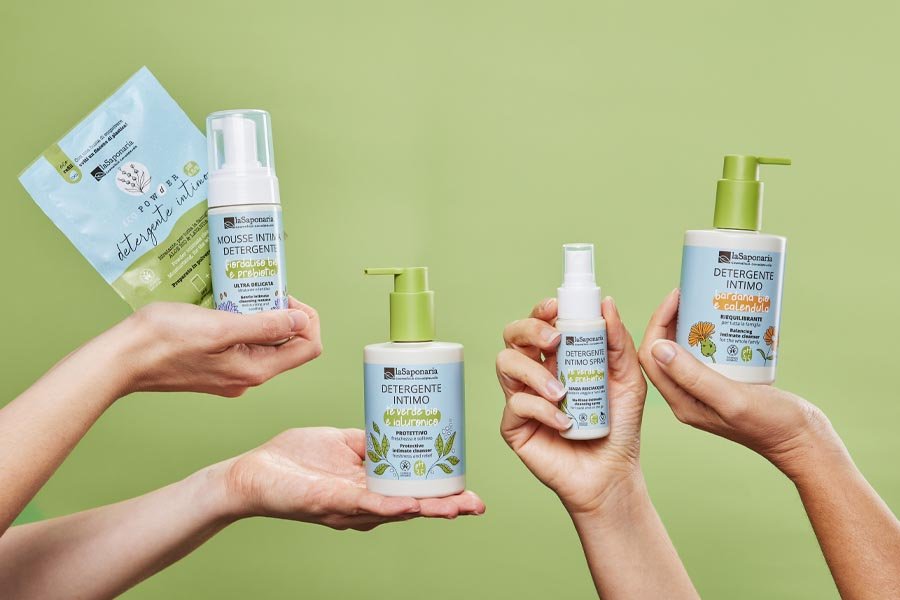
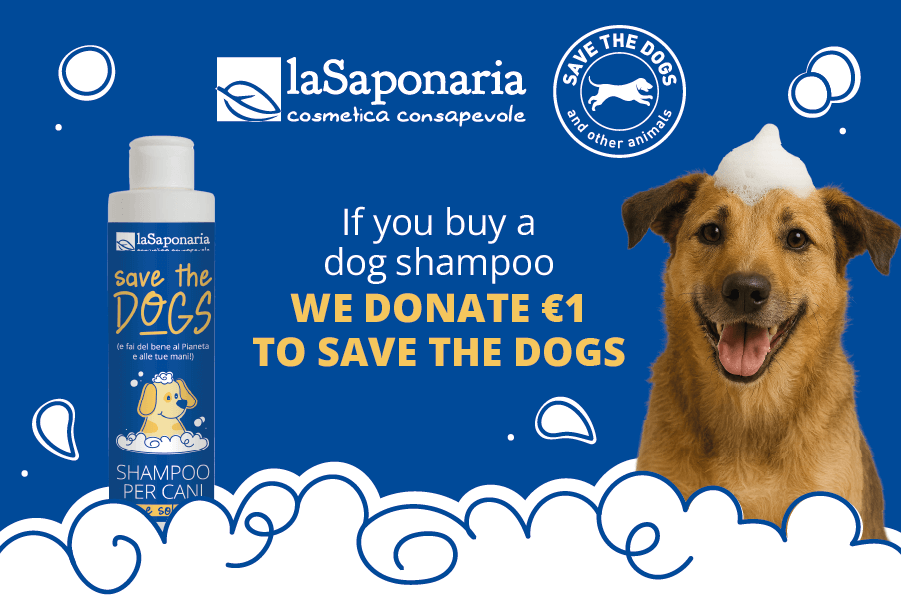

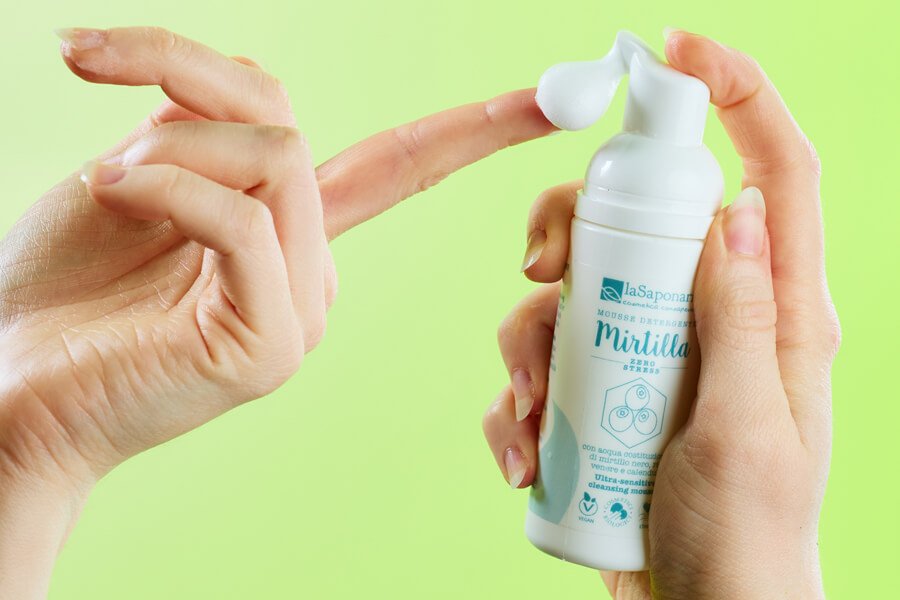
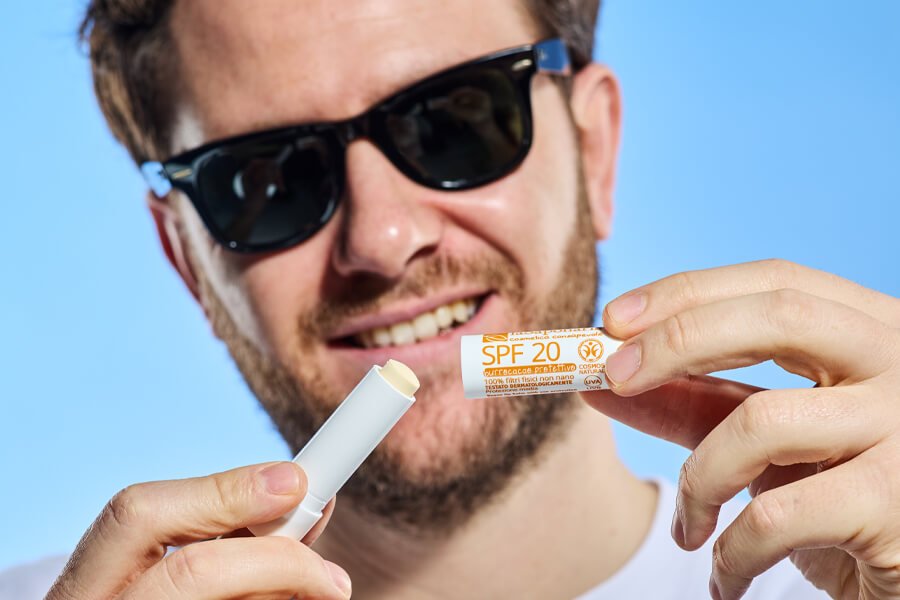
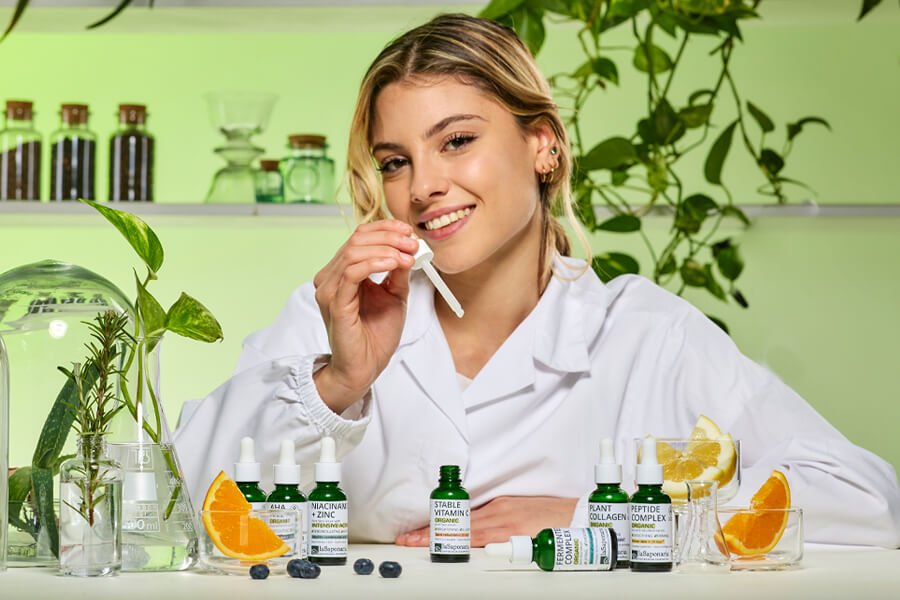
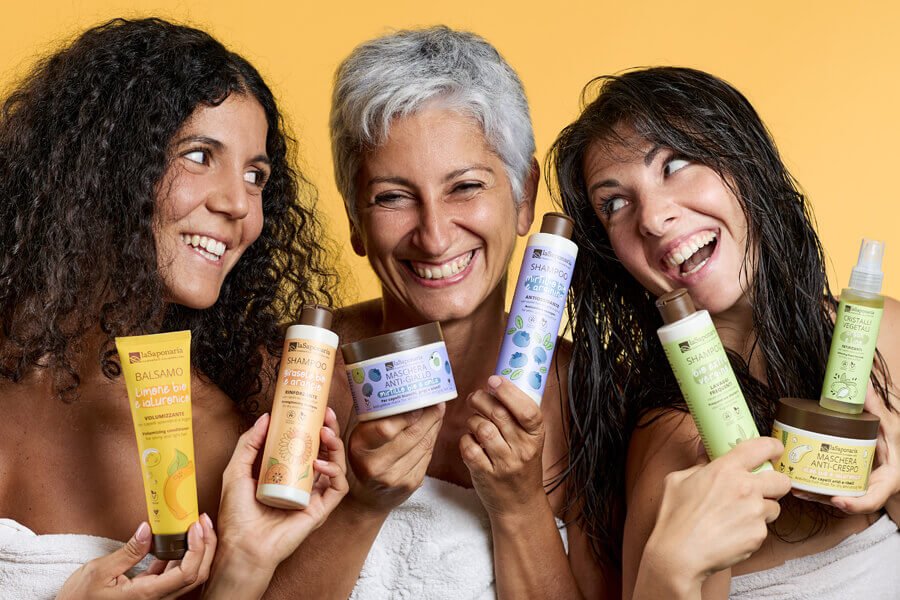















Carolina
Love This Vitamin C! I’ve been using this Vitamin C serum for a few weeks, and I can already see a difference in my dark spots. My skin looks brighter and more even.
Emily
Perfect for dry skin A perfect body cream for dry skin. It’s light yet hydrating, and my skin feels soft all day. Highly recommend!
Jessica
The best eco-friendly shampoo I love this shampoo! It’s eco-friendly and cleans my hair well. Perfect for people who wash their hair daily.
Emma
Youthful Glow I love how my skin feels after using this serum! It’s smoother, brighter, and looks more youthful.
Sarah
A must have This mask works wonders on my frizzy hair! My hair feels softer and more manageable. Love that it’s all-natural!
Clara
Perfect First Step! This cleansing mousse leaves my skin feeling fresh and clean. A perfect first step in my routine!